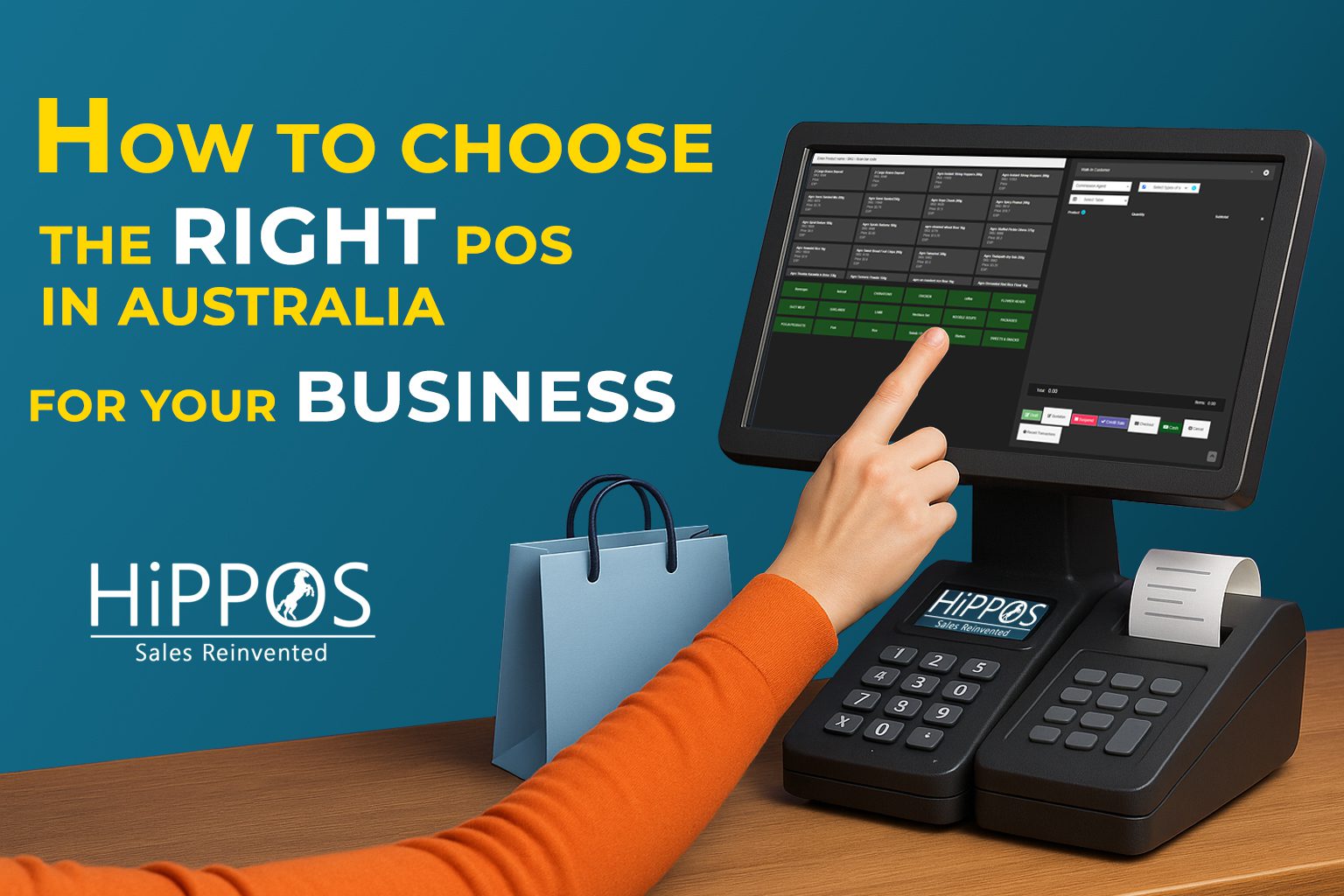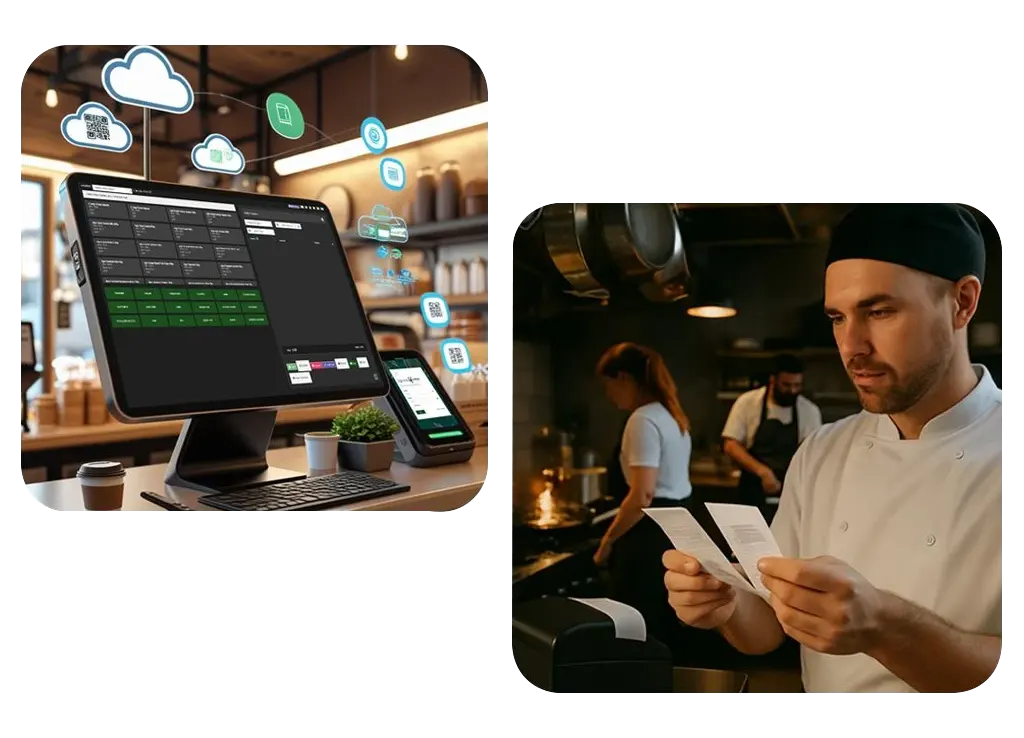How to Choose the Right POS in Australia for Your Retail Business

How I Discovered the Right POS in Australia
And What You Should Know Before You Choose One
I still remember the day we hit a wall with our old point-of-sale system. It was a busy Saturday at our family-run fashion store in Melbourne. The EFTPOS terminal froze mid-transaction, the barcode scanner disconnected, and we couldn’t access our stock report because the system had to be “manually synced.” Customers were getting impatient. Staff were frustrated. And I was standing at the back counter thinking, “There has to be a better way to run this.”
That was my wake-up call.
Whether you’re managing a boutique in the city, a general store in a regional town, or planning to open multiple retail locations, choosing the right POS in Australia is one of the most important decisions you’ll make. It’s not just about ringing up sales—it’s about managing inventory, improving customer service, and growing your business with clarity and control.

Why I Needed More Than Just a Payment Terminal
In the beginning, I thought a POS system just meant a place to process transactions. But as our store grew, so did our challenges. We needed more than a till. We needed real-time inventory updates, staff permissions, sales reports, and a way to track returning customers.
That’s when I began digging deeper into what a modern POS system in Australia should offer. And trust me—if you’re feeling overwhelmed by the endless list of providers claiming to be “the best,” you’re not alone.
Here’s what I learned the hard way (so you don’t have to).
The Difference the Right POS Can Make
A well-designed POS system can transform your daily operations. You’ll spend less time fixing tech issues and more time focusing on customers. It reduces human error, helps staff process sales faster, and gives you insights you can act on.
But a bad one? It will slow you down. It’ll cause friction at the counter, confuse your team, and cost you more in the long run—both in lost sales and wasted time.
What to Look for in a POS System
As I compared systems, I made a checklist of features I knew I needed—ones that apply to almost any retail setup in Australia:
Sales Processing: I wanted fast checkouts with barcode scanning, custom discounts, and support for multiple payment methods.
Inventory Management: Knowing what’s in stock, what’s running low, and what’s gathering dust became essential.
Customer Database: If I could track who bought what and when, I could create better promotions and reward repeat customers.
Reporting Tools: I needed more than just a Z-report. I wanted breakdowns by product, staff, day, and location.
Multi-Store Support: I didn’t have a second store yet—but I was planning for it.
User Access Control: Different staff needed different access levels. I didn’t want my weekend casuals changing product prices.

The Uniqueness of the Australian Retail Scene
If you’re operating in Australia, you’re working with local tax systems, specific payment providers, and (let’s be honest) sometimes unreliable internet in regional areas. Your POS has to account for that.
I looked for a system that could:
Handle GST and ABN compliance without needing a separate accounting tool.
Integrate with Australian providers like Tyro, Afterpay, and Zeller.
Work offline when the internet cuts out, and sync everything when it comes back.
Without these things, I’d constantly be trying to “fix” the system instead of running my store.
Comparing POS Providers in Australia
I went through at least six demo accounts before I found the right fit. Here’s what I evaluated:
Customer Support: I needed support available during business hours here in Australia—not someone waking up in another time zone.
Reputation: I read reviews from other Australian retailers, not just global testimonials.
Customisation: I wanted my receipts to match our brand and my dashboard to reflect my priorities.
Partnerships: Bonus points if they worked with Australian banks or local suppliers.
That’s when I came across HiPPOS—a system purpose-built for businesses like mine. It didn’t just check the boxes; it felt like it understood the unique challenges of Australian retailers.
Payments and Tax — The Non-Negotiables
GST, BAS, and ABN are words you’ll hear a lot when you run a business here. Your POS system should handle these without manual workarounds.
HiPPOS stood out because it included:
GST-inclusive pricing options
ABN fields for customer invoices
BAS-ready reports
Just as important, it handled the payment methods my customers wanted: EFTPOS, Tap & Go, PayID, Apple Pay, and Afterpay. No glitches. No waiting. Just smooth transactions.
Thinking Ahead: Will This Work a Year From Now?
One of the biggest mistakes I almost made was choosing a system that only met our current needs. What happens when we grow? Add a second location? Launch an online store?
I wanted a POS that could:
Sync inventory between physical and online shops
Offer cloud access so I could work from home
Support multiple staff logins and locations
Update regularly with new features
HiPPOS ticked every box—and then some. Its cloud-based structure meant I wasn’t tied to one terminal, and I could manage everything from my laptop or phone.
Final Thoughts
If you’re standing where I once stood—watching your old POS system struggle to keep up, or trying to choose your first one—take your time. Think not just about what you need today, but what you’ll need six months or a year from now.
Write down your must-have features. Look for systems designed with Australian retailers in mind. Read real reviews. Test the demos. And don’t be afraid to ask tough questions about support, security, and scalability.
If you want a starting point, I can personally recommend HiPPOS Powerd By Stalione. It’s smart, flexible, and built for real businesses like yours and mine.
At the end of the day, your POS system should be your silent partner—the one that keeps things running smoothly while you focus on what matters most: your customers, your products, and your growth.

